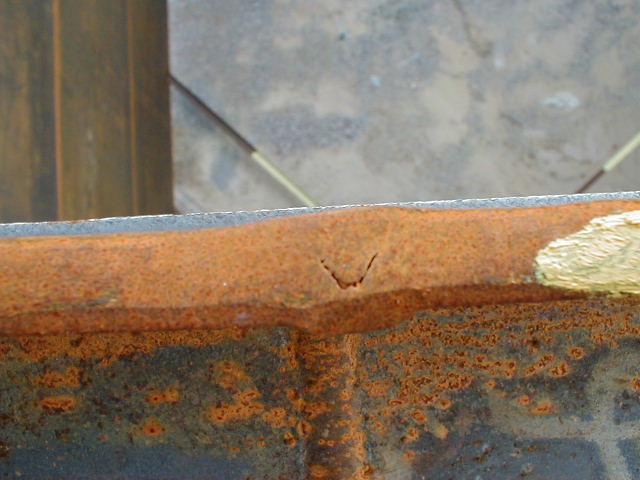
 By 803056
By 803056  Date
Date 05-19-2009 20:58
Edited 05-19-2009 22:44
I've encountered nearly every problem you gentlemen have mentioned.
Many of the problems can be attributed to welders that have little, if any, training other than on-the-job-training. Experience seems to indicate the vast majority of welder, on the order of 80 to 85%, have no formal training in their chosen field of endeavor. They only know what the welder or lead welder in the next booth taught them.
This is where a CWI with a strong welding background proves their worth. They often have the ability to work with the welder to correct the deficiencies in skills and they can educate the welder on some of the technical aspects of welding. Most welders respond favorably to any help from people that can "show" them how to do a better job. I know there are always a few "jug-heads" in every shop, but we can't relegate every welder to the "dungeon of stupidity" for the acts of a couple of "numbskulls".
Some of the issues with flux cored welding had to do with early development problems such as split electrode material wrapping around the drive rolls, missing flux in the core of the electrode, the use of excessive amounts of aluminum as a deoxidizer and subsequent loss of toughness, etc. Most of those early problems have been addressed, but we still have welders and management that attempt to use flux cored electrodes intended for use with robots and thin metals for semiautomatic welding of thick plate. We still have welders that believe flux cored electrodes listed as "multipass" means they don't have to chip and brush the slag from the completed weld beads. And we still have welders attempting to use a forehand technique rather than a backhand technique with dumbfounded looks on their face when they discover they have slag buried in the root. These are the people that scare the devil out of specification writers and the reason they elect to eliminate the potential problems by not permitting the use of FCAW.
This is where instructors like Lawrence and Fbrieden come into the picture. We depend on them and individuals like them to teach their students the technical aspects of welding as well as the skills necessary to deposit sound welds. They will have some students that excel and a few that squeak through, but never the less, we owe them our gratitude for providing us with a core of qualified welders. It would serve companies well to hire their welders from schools that have programs that turnout welders with both the knowledge and skills needed to produce "code" quality work. It may cost a little more in terms of wages, but the quality of the work produced will improve and the cost of repairs will be reduced, which results in savings for the employer and improve their profits.
Best regards - Al


